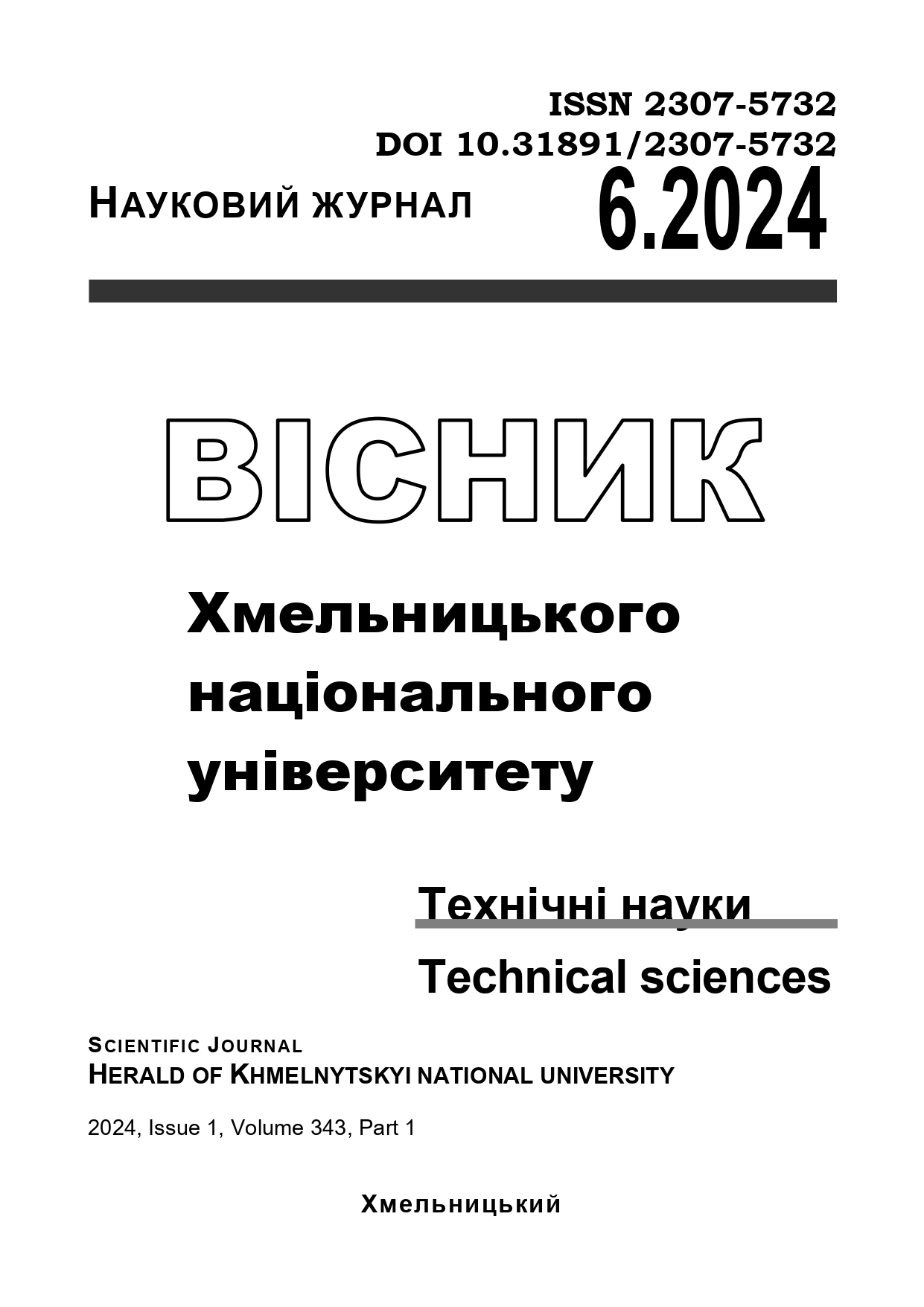ANALYSIS OF DIAGNOSTIC MODELS FOR DETERMINING TECHNICAL CONDITION VEHICLES
DOI:
https://doi.org/10.31891/2307-5732-2024-343-6-5Keywords:
car, analytical models, diagnostics, diagnostic models, simulation modeling, technical condition, vehicles, parameters, standardsAbstract
The types of diagnostic models include the diagnostic object, which can be in a functional state and meet all technical requirements at that specific moment in time. The functional state, along with all operational states of the diagnostic object, reflects its true technical condition. Therefore, to achieve this goal, diagnostics can only result from the analysis of numerous functional and malfunctioning states in which the object being studied, particularly in a vehicle, may exist. Accordingly, the analysis can be conducted theoretically during the development phase of a new car and its components, or experimentally during the research and operation of the vehicle.
However, when conducting such experiments in operation, difficulties arise due to the large number of possible states of the diagnostic object, or simply due to technical infeasibility for complete execution. In this regard, special methods are required for the theoretical analysis of many possible states of the vehicle, both as a whole and for its individual parts. Such methods are based on the investigation of diagnostic models, which in turn contribute to enhancing the reliability and safety of vehicles.
This article specifically analyzes diagnostic and analytical models, discusses simulation modeling, and focuses on parameters and standards, explaining what technical condition parameters are and providing an example of a structural-causal diagnostic model for vehicles.
It addresses various diagnostic indicators and defines diagnostic parameters, emphasizing that these parameters must possess sensitivity, unambiguity, stability, and informativeness regarding the identification of causal relationships with structural parameters. The diagnostic parameters consist of two groups and are determined by standards, as well as governed by the normative and technical documentation from manufacturers.

